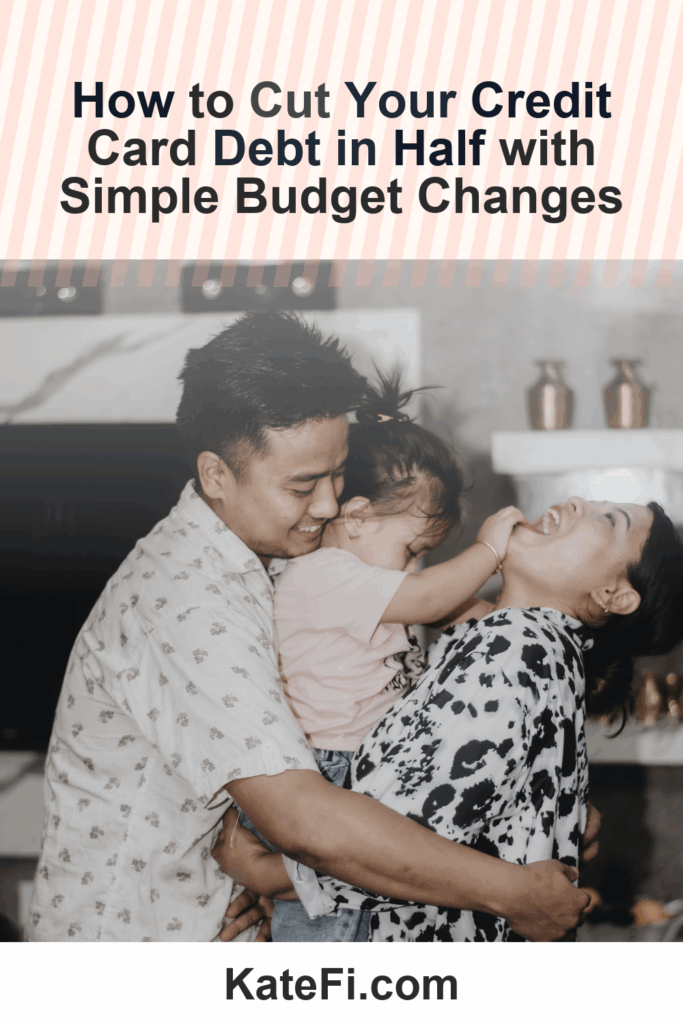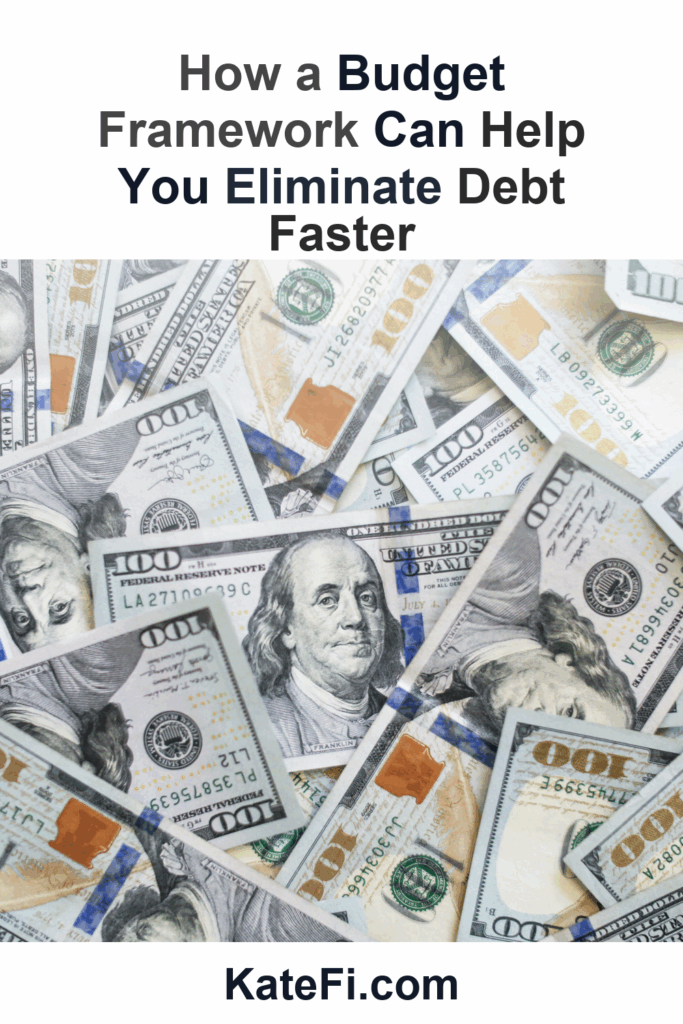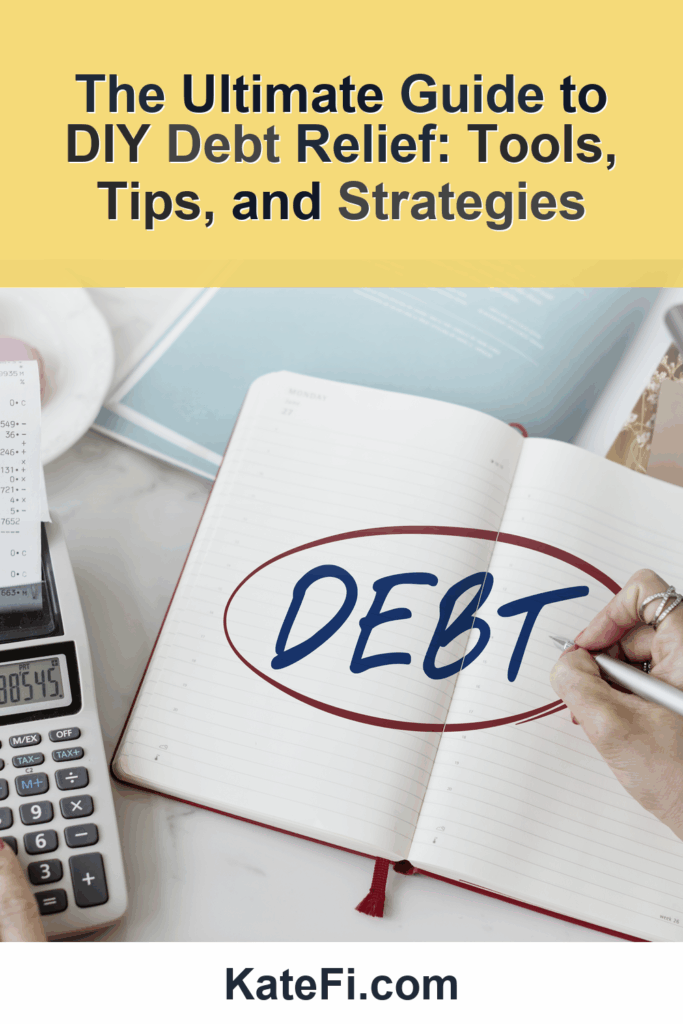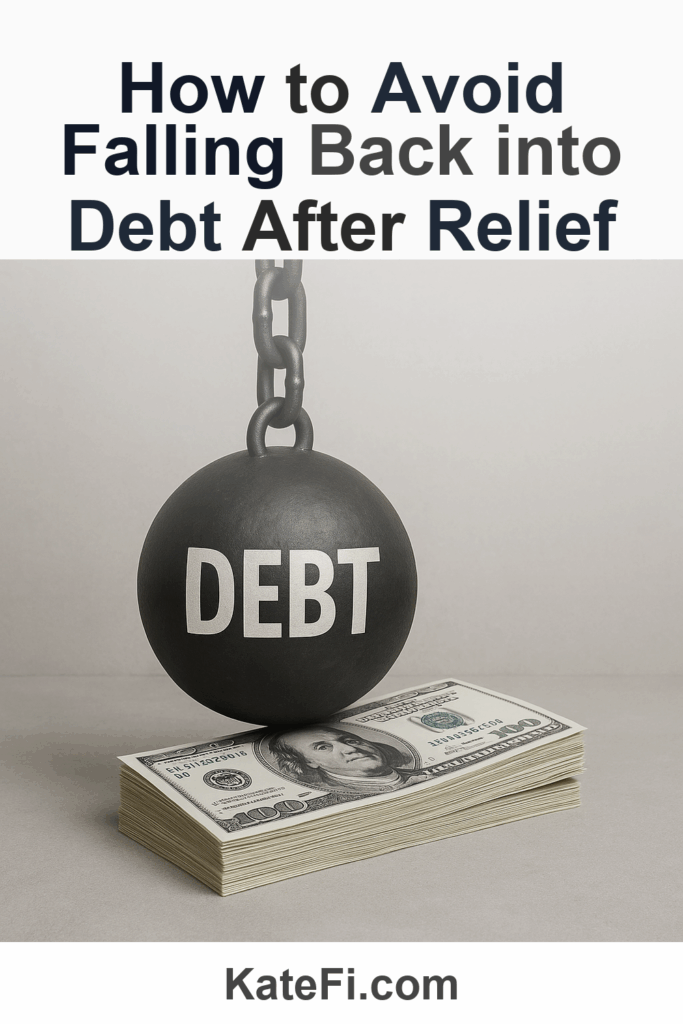How to Plan Your Way Out of $30,000 Debt with Strategic Budgeting
Struggling with debt can feel overwhelming, especially when that debt reaches $30,000. It’s a hefty sum that can weigh heavily on your finances and mental well-being. Fortunately, strategic budgeting can be a powerful tool to help you find your way out of this financial predicament. Whether you are considering debt settlement, consolidation, or a debt management plan (DMP), understanding your options and planning effectively is crucial. This guide will walk you through how to create a budget and determine the best debt relief strategy for your unique situation.
Love our content? Show your support by following us — pretty please!🥺
FOLLOW ON PINTEREST
Hi! I’m Kate, the face behind KateFi.com—a blog all about making life easier and more affordable.
1. Assess Your Financial Situation
Lower Your Unsecured Debt
If you have $5,000+ in credit card or personal loan debt, a free consult can review options like settlement or hardship plans.
- One-on-one call to review your debts and goals
- See potential monthly payment reductions
- No obligation to enroll
Not available in IL, KS, OR, TN, UT, WV.
Before diving into budgeting strategies, you must take stock of your current financial situation. Gather the following documents for a clearer picture:
- Recent bank statements
- Pay stubs
- Credit card statements
- Loan agreements
- Any other outstanding bills
Creating a list of all your debts, including the amount owed, interest rates, and minimum payments, is essential. This will help you understand where you stand financially and assist you in making informed decisions moving forward.
✅ See If You Qualify for Debt Relief
2. Create a Detailed Budget
Now that you’ve assessed your finances, it’s time to create a budget that outlines your income and expenses. Follow these steps:
- Calculate your total monthly income: Include all sources of income, such as salary, bonuses, and side hustles.
- List all monthly expenses: Break these down into fixed (rent, utilities) and variable (groceries, entertainment) costs.
- Track your spending: Keep a record of every dollar spent to identify areas where you can cut back.
- Identify your discretionary spending: This will help you see where you can save money each month.
- Allocate funds towards debt repayment: Designate a specific portion of your budget to go towards paying off your debts.
3. Understand Debt Relief Options
👉 Start Your Free Debt Relief Review
Not available in IL, KS, OR, TN, UT, WV.
Once you’ve created your budget, you can explore various debt relief options that may suit your needs. Here’s a brief overview of three popular methods:
| Option | Description | Best For |
|---|---|---|
| Debt Settlement | Negotiating a lower payoff amount with creditors | Those who can make a lump-sum payment |
| Debt Consolidation | Combining multiple debts into one loan with a lower interest rate | Those with good credit seeking easier management |
| Debt Management Plan (DMP) | A structured repayment plan through a credit counseling agency | Those needing a guided approach and support |
Before making a decision, consider consulting with a professional. You can start with a free consultation at KateFi to review your options thoroughly.
✅ See If You Qualify for Debt Relief
4. Weighing Your Options: Settlement vs Consolidation vs DMP
When considering your options, it’s essential to evaluate them based on your unique situation:
- Debt Settlement: Best suited for those who have fallen behind on payments and can negotiate with creditors. While you might save on the total amount owed, keep in mind that settling may impact your credit score negatively.
- Debt Consolidation: Ideal for individuals with good credit who can qualify for a lower-interest loan to pay off existing debts. This option simplifies payments but requires you to maintain discipline and avoid accruing new debt.
- Debt Management Plan (DMP): This is best for those needing assistance managing their payments. A credit counseling agency will negotiate with creditors on your behalf, which can reduce interest rates and create a structured repayment plan.
Determining which path to take is crucial. This is where a free consultation at KateFi can be beneficial for understanding what option aligns with your financial goals.
5. Set Up an Emergency Fund
Understand pros/cons of settlement vs consolidation vs DMP for your exact mix of debts.
Not available in IL, KS, OR, TN, UT, WV.
While it might seem counterintuitive to save while paying off debt, having a small emergency fund can prevent you from accruing more debt in case of unexpected expenses. Aim for at least $500 initially and gradually build it to cover 3-6 months’ worth of expenses.
6. Make Extra Payments When Possible
If you find that you have some wiggle room in your budget, consider making extra payments on high-interest debts. This strategy can significantly reduce the amount of interest you pay over time. Here’s a simple checklist to follow:
- Review your budget regularly for potential extra funds.
- Decide which debts to prioritize based on interest rates.
- Allocate any extra cash flow (bonuses, tax refunds) to these debts.
7. Stay Committed to Your Budget
Budgeting is a marathon, not a sprint. Staying committed to your financial plan is crucial, even when it feels difficult. Consider implementing the following strategies to stay on track:
- Set monthly financial goals.
- Use budgeting apps to track your spending in real time.
- Hold yourself accountable by sharing your goals with a trusted friend or family member.
8. Monitor Your Credit Score
Understanding how debt relief options will impact your credit score is crucial. Debt settlement might cause a temporary drop, while consolidation could help you improve your score if you keep up with payments. Regularly check your credit score and report for any inaccuracies that might affect your financial future.
✅ See If You Qualify for Debt Relief
9. Gather Necessary Documentation for Faster Review
When you’re ready to explore your debt relief options, make sure you have the necessary documentation handy for a smoother consultation. Collect:
- Proof of income (pay stubs, tax returns)
- Statements from all creditors
- Documentation of current monthly expenses
- A list of any assets or savings
Being prepared will not only expedite the process but will also enable you to get the most tailored advice for your situation.
Conclusion
Getting out of $30,000 in debt is undoubtedly challenging, but with strategic budgeting and a clear plan of action, it is achievable. Evaluate your debt relief options—settlement, consolidation, or a DMP—and choose the path that aligns with your financial goals. Remember, help is available; don’t hesitate to seek a professional opinion. For personalized advice on debt relief, consider getting a free consultation today.
✅ See If You Qualify for Debt Relief
Important: This content is for education only—not legal, tax, or financial advice. Results and eligible programs vary by situation and state. Fees apply if you enroll and complete a program. Debt relief can affect credit; missed payments may lead to collections/lawsuits. Not available in IL, KS, OR, TN, UT, WV.






















